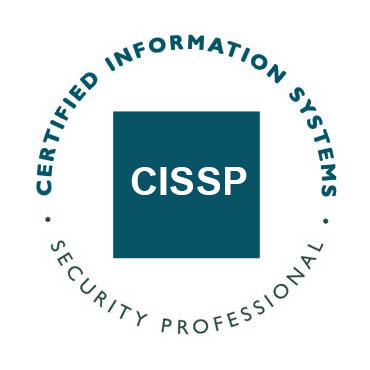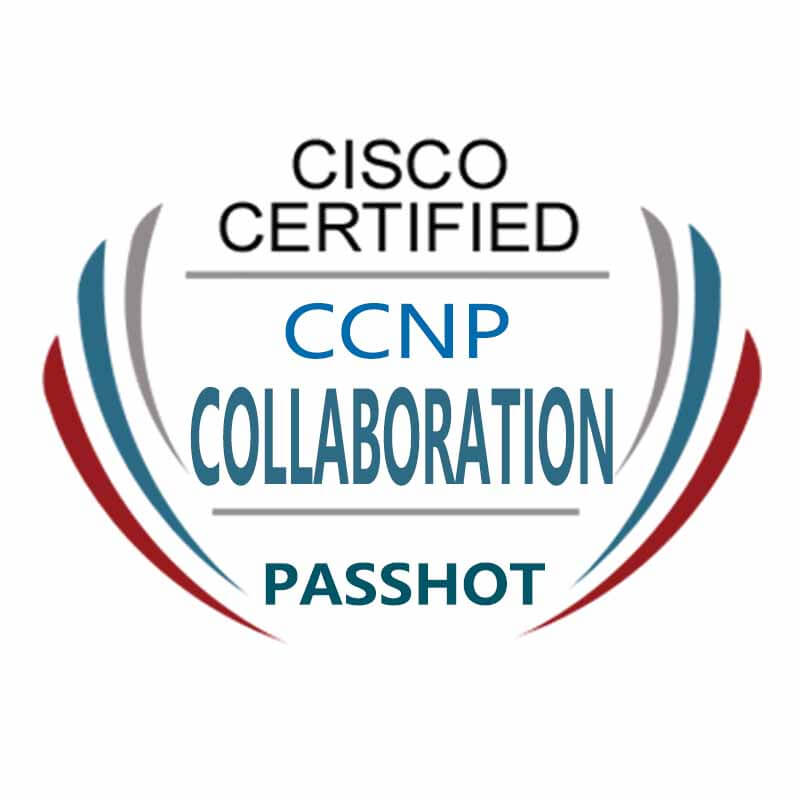100% Pass Cisco, PMP, CISA, CISM, AWS Dumps on SALE!
Get Now
01:59:56
X
What is the difference between HTTPS and OSPF?
I saw that there are various protocols written in some message format encyclopedias, but there is no protocol for these dialogues. Is it because they belong to different levels? However, there are also some application layer protocols such as SNMP. Is it the difference between routing protocols?
Learning these knowledge points of computer network does not depend on different types of memories, but on understanding. If you understand it, you don’t need to remember it. You remember that HTTPS belongs to the application layer, but you are deceived by books, because this world has no HTTPS protocol at all, and this world only has TLS security protocol and HTTP protocol!

TLS is equivalent to security personnel. It is responsible for escorting HTTP materials. When the safety reaches the destination, the security personnel are naturally redundant. Go back to your home, and find your mom. The destination receiver only cares about the transportation material itself, but has no interest in the security personnel!
The recipient knows deeply that their supplies may not arrive safely without armed escort from security personnel. From this point, the receiver/sender should know how to be grateful. Without the help of security personnel, they are useless.
It turned out that the "HTTPS" we mentioned all day long was HTTP with TLS security escort. So in other words, HTTP is the application layer?
Yes, why not divide OSPF into application layers?
Usually the protocol that directly deals with the user is called "Application Layer". Obviously HTTP belongs to this category, because the user opens the browser to interact with the website, basically this HTTP protocol.
How many users deal directly with OSPF? no! Network engineers are generally the ones who deal with OSPF. Are network engineers counted as users? Not counted, because the network engineer is completing the initial configuration of the network, the network can't move without these configurations. Therefore, OSPF is divided into network layers, because the input of OSPF is "link state information of the whole network", and the output is "routing table of the whole network (navigation)".
Why TLS is divided into layers?
Application layer? Network layer? Transport layer? In fact, there is a very simple logic for dividing which layer a protocol belongs to, that is, what is the output of this protocol? When TLS is used to secure the escort of HTTP materials, the plaintext HTTP is input, and the output is messy data with signature + encryption. Encountered robbers halfway, holding these messy data, useless! In addition, it is impossible to tamper with the data, because the data has been signed at the starting point! TLS can be divided into a security layer that provides security.
Since TLS can provide armed escort for HTTP, why can't it provide secure encryption services for FTP, SMTP, IP, OSPF, BGP? Sure, why not? The question is coming, this idea is very beautiful, so how does TLS identify who these customers are?
This is very simple, as long as you can use a customer ID, each customer is assigned a unique customer ID, and the receiver can quickly identify it based on the ID. Maybe you will be surprised that TLS didn't run on IP/TCP, why is IP now on its own side? In fact, this is caused by the concept of network layering. Who said that TLS must run on IP/TCP, and who has regulations that IP cannot run on TLS? In fact, TLS can run on any protocol that can provide reliable transmission. In theory, TLS can safely escort all protocols, as long as the protocol designer has sufficient reasons (User Case) to re-extend.
There are no different levels of the network. This level is actually the relationship between service and service. The lower layer provides services, the upper layer enjoys being served, of course, the upper layer may also need to provide services to its own upper layer. . . The relationship between this layer of service and the service is the concept of network layering!
The above is the news sharing from the PASSHOT. I hope it can be inspired you. If you think today' s content is not too bad, you are welcome to share it with other friends. There are more latest Linux dumps, CCNA 200-301 dumps, CCNP Written dumps and CCIE Written dumps waiting for you.
Cisco Dumps Popular Search:
valid cisco dumps spoto eve ccna exam dumps 2018 new zealand ccna jobs ccna pdf router alley ccie sp lab topics 350-401 encor study material ccie lab locations best cisco dumps 2020 new ccie security lab
Copyright © 2025 PASSHOT All rights reserved.






